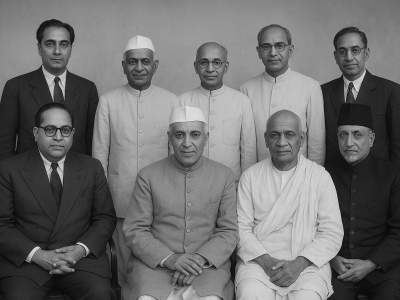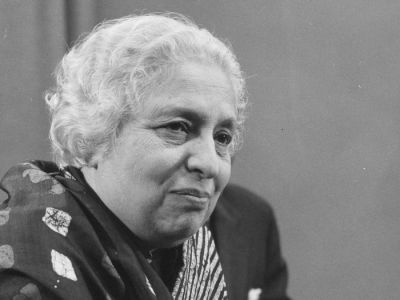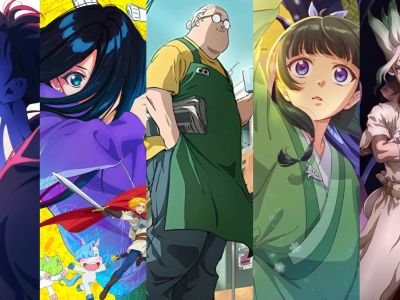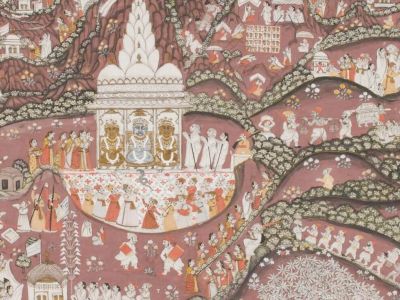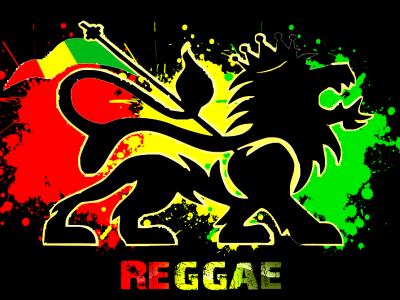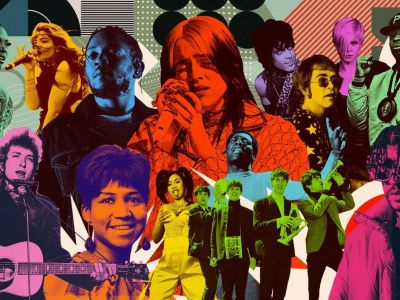Prehistoric Women as Hunters: Debunking Gender Stereotypes and Challenging Myths
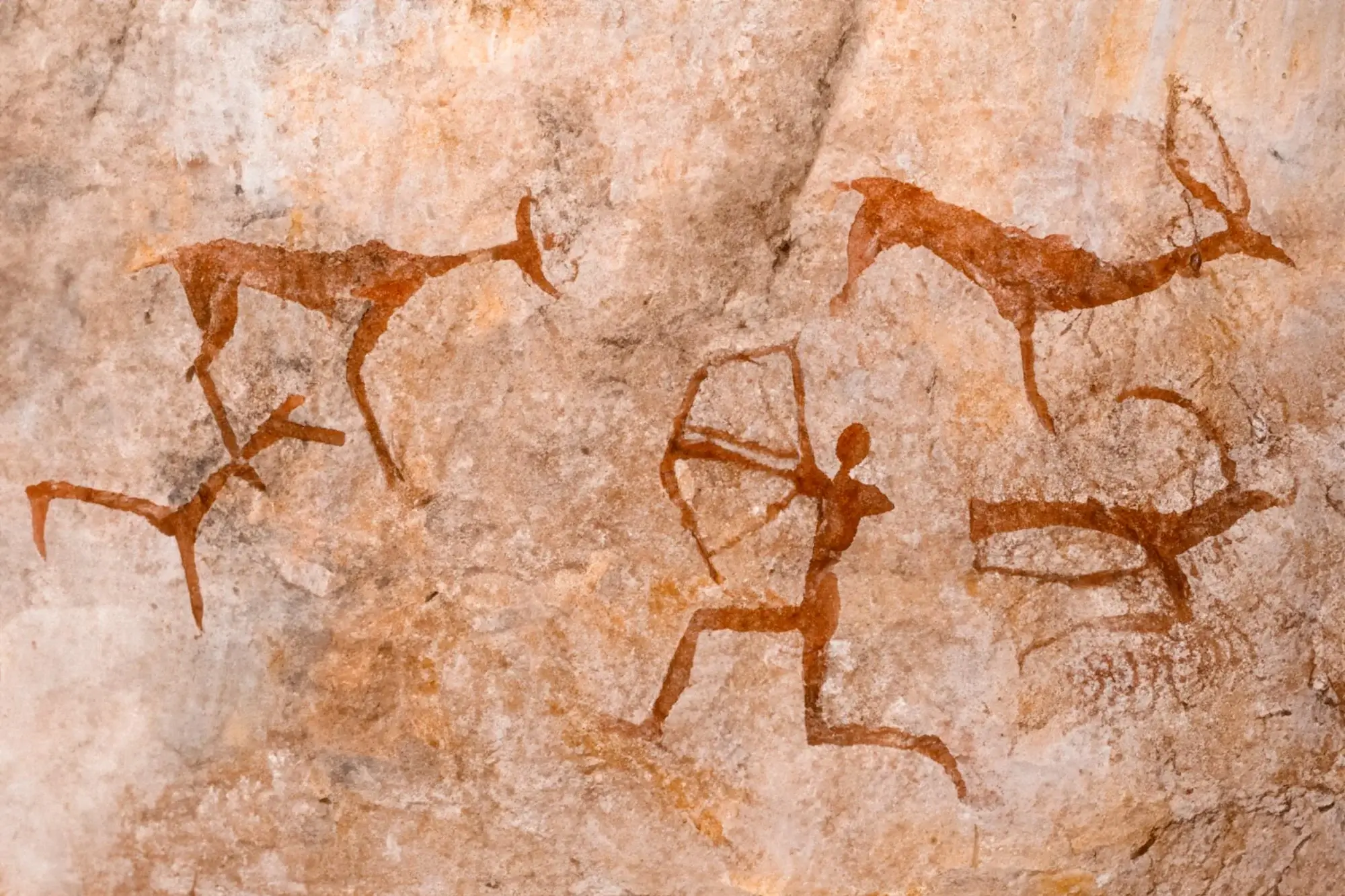
In the ever-evolving tapestry of human history, a fascinating parallel is emerging between the roles of our prehistoric ancestors and the fluid, dynamic structures of postmodern society. Recent studies are turning long-held assumptions on their heads, revealing that prehistoric gender roles were far from rigid. Similarly, our postmodern world is embracing the fluidity of gender in ways that resonate deeply with these ancient practices.
The Myth of the Prehistoric "Man the Only Hunter"
For decades, the popular image of prehistoric societies depicted men as the primary hunters and women as gatherers. This narrative has been deeply ingrained in our collective consciousness, reinforced by everything from school textbooks to Hollywood films. However, groundbreaking research is challenging this simplistic view.
A review of studies published in the journal American Anthropologist reveals that prehistoric women not only participated in hunting but were potentially better suited for it anatomically. Fossil evidence shows that both men and women sustained similar types of injuries from hunting large game, suggesting that both sexes shared this critical survival task. Women’s physiological traits, such as greater endurance capabilities and efficient fat metabolism driven by hormones like estrogen, made them effective hunters.
This evidence suggests a fluidity in gender roles that defies the conventional division of labor. In small, survival-driven groups, everyone needed to be a generalist, contributing to all aspects of daily life, including hunting.
Postmodern Society: Embracing Fluidity and Flexibility
Fast forward to today, and we see a society that increasingly values the breakdown of rigid structures and embraces the fluidity of roles and identities. The postmodern era is characterized by a questioning of traditional narratives and a celebration of diverse perspectives. Gender, once seen as a fixed binary, is now understood as a spectrum. People are encouraged to explore and express their identities in ways that feel authentic to them, free from societal constraints.
This shift mirrors the fluidity observed in prehistoric societies. Just as our ancestors adapted their roles based on need and capability rather than strict gender norms, postmodern society promotes flexibility and adaptability. Men and women, as well as non-binary and gender non-conforming individuals, are finding that their contributions to work, family, and community life are not dictated by gender but by individual strengths and preferences.
7+ Wild Woman from Popular Folklore and Mythology
Amazonian Warriors of Greek Mythology
In Greek mythology, the Amazons were a tribe of fierce warrior women known for their prowess in battle and their independent, egalitarian society. They were often depicted as skilled hunters and fighters who lived apart from men, embodying strength, courage, and self-sufficiency. The Amazons' existence challenged the traditional Greek view of women as primarily domestic and subservient, showcasing a mythological example of women excelling in traditionally male-dominated roles like hunting and warfare.
Artemis, the Huntress in Greek Mythology
Artemis, the Greek goddess of the hunt, wilderness, and childbirth, exemplifies another mythological figure challenging gender norms. She is portrayed as a skilled huntress who roamed the forests with her bow and arrows, accompanied by a band of nymphs. Artemis symbolizes independence, athleticism, and a connection to nature—qualities typically associated with male gods in Greek mythology. Her stories highlight a different perspective on women's roles, emphasizing their strength and agency in activities like hunting and protecting wildlife.
Atalanta from Greek Mythology
Atalanta is a notable figure in Greek mythology known for her exceptional hunting skills and independence. She was raised by bears and became a skilled huntress, known for her speed and accuracy with a bow and arrow. Atalanta participated in the Calydonian Boar Hunt and was one of the Argonauts on the quest for the Golden Fleece. Her story challenges traditional gender roles by portraying a woman as a capable and respected hunter, equal to or even surpassing male counterparts in skill and bravery.
The Deer Woman in Native American Folklore
In various Native American tribes' folklore, the Deer Woman appears as a mythological figure associated with hunting and nature. She is depicted as a beautiful woman who can transform into a deer, embodying the spirit of the hunt. The Deer Woman teaches lessons about respecting nature, hunting ethics, and the balance between humans and wildlife. Her presence in stories underscores the idea that women, like men, can embody the skills and responsibilities associated with hunting and gathering.
The Valkyries from Norse Mythology
In Norse mythology, Valkyries are female figures who choose the warriors destined to die in battle and bring them to Valhalla, the hall of Odin. Valkyries are skilled in battle and often depicted as fierce warriors who ride flying steeds and wield weapons. Their role challenges traditional gender norms by portraying women as active participants in warfare and decision-making related to battle outcomes. Valkyries exemplify the Norse belief in women's strength and agency in roles typically associated with male warriors.
Yewa in Yoruba Mythology
Yewa is a deity in Yoruba mythology associated with hunting and wilderness. She is revered as a powerful huntress who roams the forests, guiding hunters and protecting wildlife. Yewa's story reflects the Yoruba belief in women's spiritual and practical roles in activities like hunting, where they possess unique skills and responsibilities. Her depiction emphasizes the respect for women's contributions to communal survival through hunting and gathering practices.
Hua Mulan from Chinese Folklore
Hua Mulan is a legendary figure from Chinese folklore, famously known from the Ballad of Mulan. She disguises herself as a man to take her father's place in the army and fights for twelve years without revealing her true identity. Mulan's story challenges traditional gender roles by portraying a woman as a capable warrior who demonstrates courage, intelligence, and skill in battle. Her actions highlight the idea that women can excel in roles typically reserved for men, such as military service and leadership.
The Amazons in Various Mythologies
The Amazons appear not only in Greek mythology but also in various other mythologies and historical accounts across different cultures, including Persian, Scythian, and Sarmatian. These warrior women are often depicted as skilled fighters who live apart from men and govern their societies. The Amazonian mythos challenges conventional gender roles by presenting women as powerful warriors and leaders, emphasizing their independence, strength, and prowess in battle.
Oya in Yoruba Mythology
Oya is a prominent deity in Yoruba mythology associated with winds, storms, and transformation. She is also revered as a warrior goddess who wields a sword and protects her devotees in battle. Oya's role challenges traditional gender norms by portraying a woman as a fierce warrior and leader, capable of defending her community and making strategic decisions in times of conflict. Her depiction underscores the Yoruba belief in women's strength and authority in roles traditionally associated with male warriors.
Inanna in Sumerian Mythology
Inanna, the ancient Sumerian goddess of love, fertility, and war, embodies a complex blend of feminine qualities, including nurturing and warrior-like attributes. She is depicted as a goddess who can both heal and destroy, emphasizing the multifaceted nature of feminine power in ancient Mesopotamian society. Inanna's myths challenge simplistic notions of gender roles by illustrating a deity who embraces diverse roles and responsibilities, from domesticity to leadership in battle.
Durga, the Warrior Goddess
Durga is one of the most revered goddesses in Hindu mythology, celebrated for her role as a warrior who battles and defeats demons. She is depicted riding a lion or tiger, wielding weapons in multiple arms, symbolizing her strength, courage, and protection of devotees. Durga's portrayal challenges traditional gender roles by presenting a goddess who embodies martial prowess and leadership in battle, emphasizing the power and capability of feminine divinity.
Arjuna and Shikhandi in the Mahabharata
In the epic Mahabharata, Arjuna is a central figure known for his exceptional skills as an archer and warrior. However, the story of Shikhandi, who is born female but later transforms into a man, challenges conventional gender binaries. Shikhandi's presence on the battlefield plays a crucial role in the outcome of the Kurukshetra war, demonstrating how gender identity and roles can be fluid and complex in epic narratives.
Kali, the Goddess of Destruction and Renewal
Kali is a fierce goddess associated with destruction, transformation, and the fierce aspects of feminine energy. She is often depicted with a garland of skulls, wielding weapons, and standing over the body of a demon. Kali challenges conventional perceptions of femininity by embodying primal power, asserting the complexity and dynamism of feminine roles in Hindu mythology.
Vishnu's Avatars: Mohini and Narasimha
Vishnu, the preserver in Hindu mythology, takes on various avatars (incarnations) to restore balance and protect dharma (righteousness). Mohini, a female avatar of Vishnu, appears during the churning of the ocean (Samudra Manthan), using her beauty and charm to deceive demons and help the gods obtain the elixir of immortality. This portrayal challenges gender norms by showcasing a female avatar of Vishnu actively participating in a pivotal mythological event.
Not Just Humans, Animals Who Shows Similar Behaviour
Lions (Panthera leo): In lion prides, both male and female lions play distinct roles in hunting. While male lions are known for their protective roles and defense of territory, female lions (lionesses) primarily engage in cooperative hunting. Lionesses work together to stalk and ambush prey, showcasing a division of labor where both genders contribute to the survival of the pride.
Spotted Hyenas (Crocuta crocuta): Spotted hyenas live in matriarchal societies where females are typically larger and more dominant than males. Both male and female hyenas participate in cooperative hunting, with females leading hunts and males playing supportive roles. This cooperative hunting behavior challenges traditional gender roles seen in many other mammalian species.
Bonobos (Pan paniscus): Bonobos are closely related to chimpanzees and live in female-dominated societies where cooperation and social bonding are essential for survival. Both male and female bonobos engage in hunting and foraging activities, with females sometimes taking the lead in food acquisition. Bonobos exhibit a more fluid social structure compared to other primates.
Elephants (Loxodonta africana): African elephants live in matriarchal family groups led by an older female (the matriarch). Both male and female elephants contribute to group dynamics and participate in protective behaviors, such as guarding calves from predators. Females play crucial roles in decision-making related to migration and resource utilization.
Orca Whales (Orcinus orca): Orca whales live in highly social family groups known as pods, where both male and female members work together to hunt and care for their young. Female orcas, particularly older females, play central roles in pod leadership and passing down knowledge of hunting techniques and migration routes.
Women Today!
Prehistoric Women as Hunters: The discovery and research indicating that prehistoric women were skilled hunters challenge traditional stereotypes about gender roles. This finding parallels the ongoing movement in modern society where women are increasingly breaking into traditionally male-dominated fields such as STEM (Science, Technology, Engineering, and Mathematics), politics, and leadership roles. It highlights how women throughout history have been capable of roles that were once considered exclusively male.
Gender Fluidity in Mythology: Mythological narratives from various cultures often depict women in roles that challenge conventional gender norms. In today's world, there is a growing recognition and acceptance of gender fluidity and diverse gender identities. Women and individuals across the gender spectrum are asserting their identities and challenging societal expectations, advocating for inclusivity and equal rights.
Comparison to Modern Roles: Just as prehistoric women participated in hunting alongside men and mythological figures defied traditional gender roles, contemporary women are asserting their capabilities across all spheres of life. Women are leaders in business, science, arts, and politics, contributing their skills and perspectives to shape a more inclusive and equitable society.
Lessons from History: The historical examples discussed provide valuable lessons about the resilience, adaptability, and strength of women throughout time. These stories encourage modern women to embrace their potential, pursue their ambitions, and challenge barriers that limit their opportunities based on outdated gender stereotypes.
Lessons from the Past: Inclusivity and Collaboration
The convergence of prehistoric and postmodern perspectives on gender roles offers valuable lessons for today's world. One key takeaway is the importance of inclusivity and collaboration. Prehistoric societies thrived on the contributions of all members, regardless of gender, which ensured survival and success. Similarly, modern workplaces and communities that embrace diverse perspectives and collaborative efforts are more resilient and innovative.
Rewriting the Narrative
As we continue to uncover the realities of prehistoric life, we have the opportunity to rewrite our understanding of human history. Recognizing the fluidity of gender roles in ancient societies helps us appreciate the complexities of our ancestors' lives and challenges us to question outdated stereotypes.
In postmodern society, this recognition empowers us to embrace a more inclusive and flexible approach to gender. It encourages us to value each person's unique abilities and contributions, fostering environments where everyone can thrive.
Moving Forward
The parallels between prehistoric and postmodern perspectives on gender roles highlight a timeless truth: human societies function best when they are inclusive, adaptable, and collaborative. By learning from the past and applying these lessons to the present, we can build a future where everyone, regardless of gender, has the opportunity to contribute and succeed.
As we continue to evolve, let’s celebrate the fluidity and diversity that have always been part of the human experience. In doing so, we honor our ancestors and pave the way for a more inclusive and equitable world.
